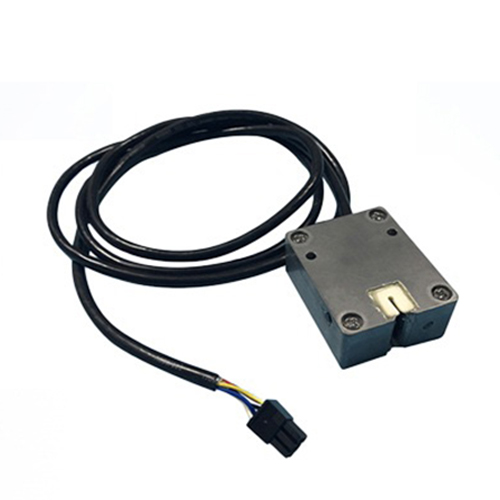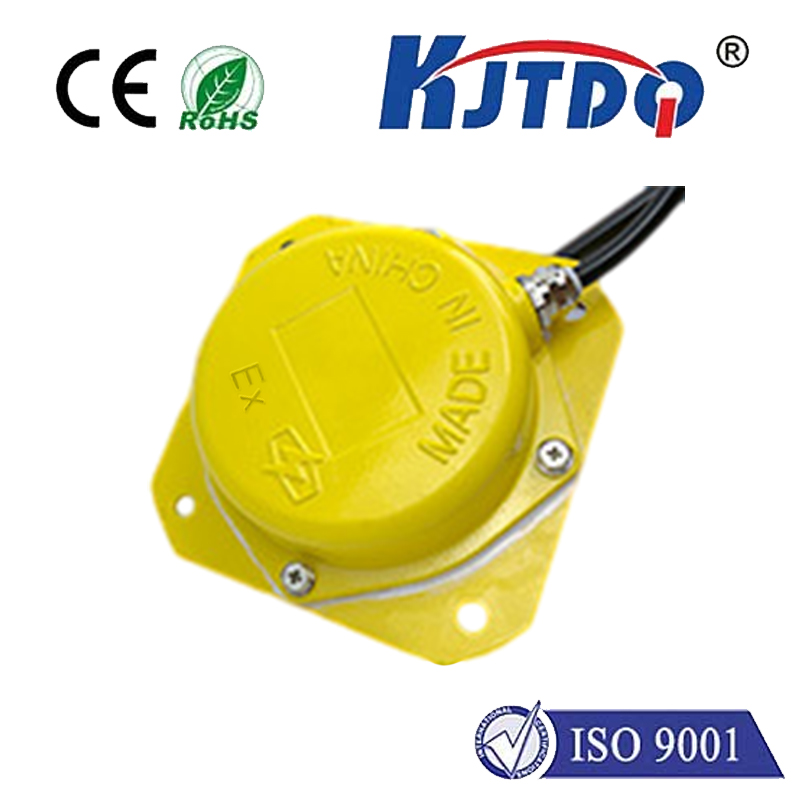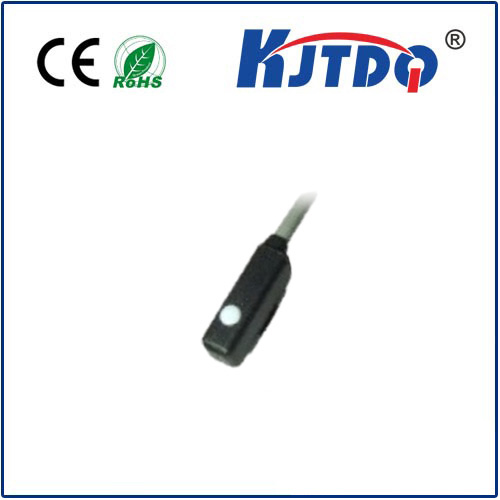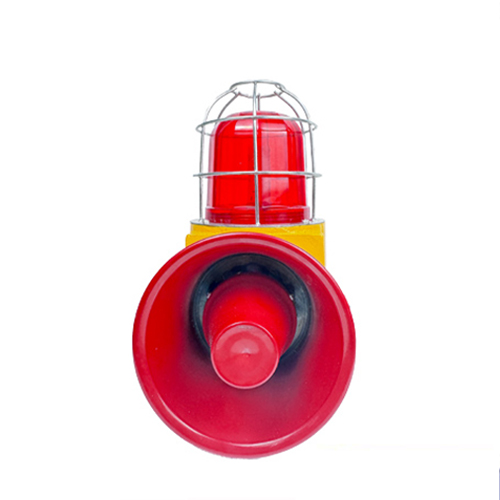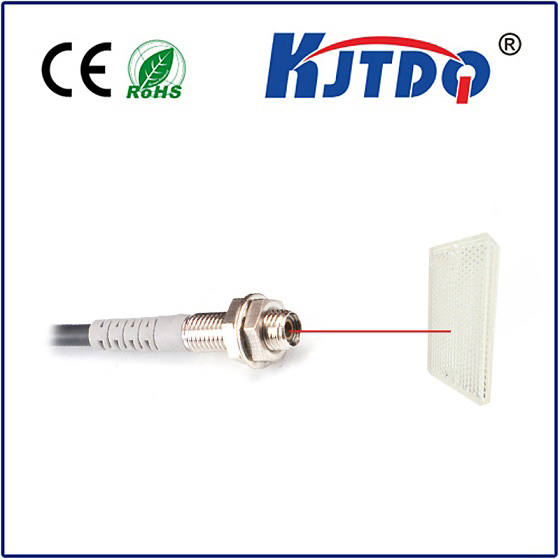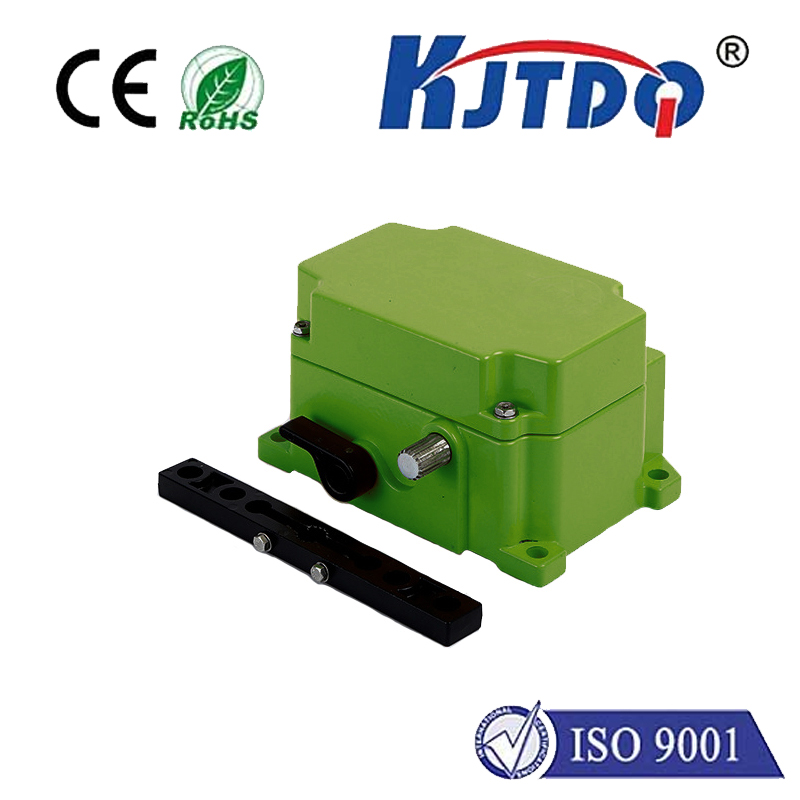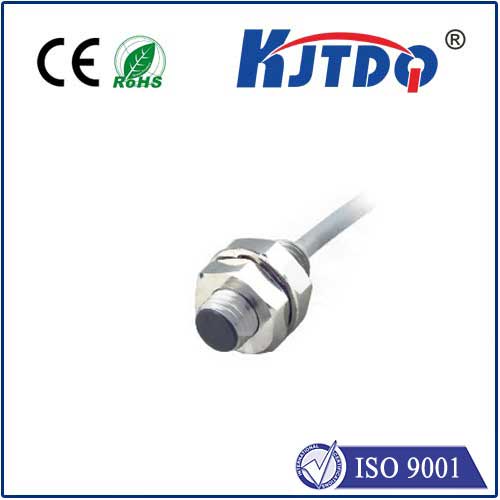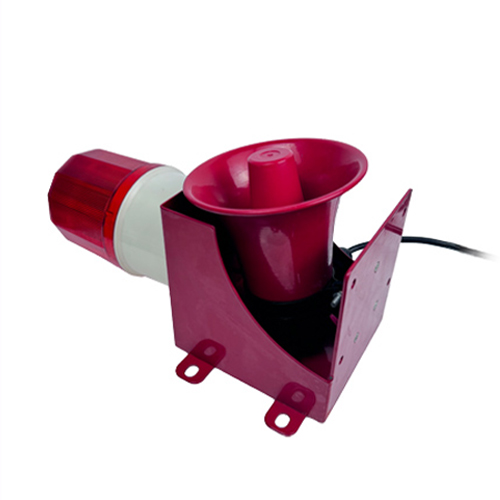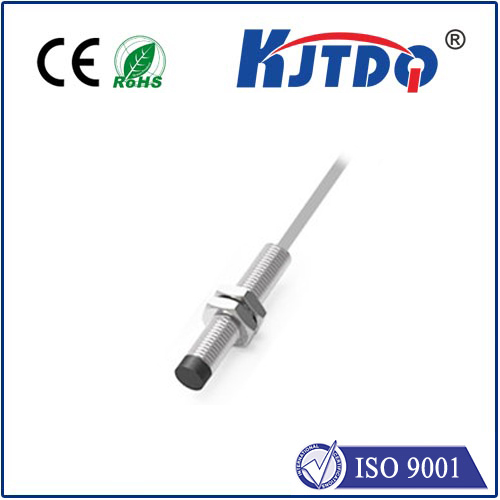

check

check

check

check

check

check

check

check

check

check
In recent years, small inductive proximity sensors have emerged as a game-changer in various industries due to their versatility, accuracy, and low cost. These tiny sensors work on the principle of induction, where a changing magnetic field generates an electrical current that can be measured to determine the distance between two objects. The following article explores the significance of small inductive proximity sensors and their diverse applications in today's world.
1. Introduction to Small Inductive Proximity Sensors
Small inductive proximity sensors are designed to detect and measure the distance between two objects with high precision. They operate on the principle of electromagnetic induction, where a change in magnetic field generates a current proportional to the distance between the two objects. These sensors come in various shapes and sizes, ranging from micrometers to centimeters, making them suitable for use in a wide range of applications.
2. Advantages of Small Inductive Proximity Sensors
Small inductive proximity sensors offer several advantages over traditional methods of measuring distance. Some key benefits include:
* High accuracy: These sensors can measure distances with a precision of up to +/- 5mm, making them ideal for applications where precise measurements are crucial.
* Easy installation: Small inductive proximity sensors can be easily integrated into existing systems without requiring significant modifications.
* Low cost: Compared to other types of sensors, small inductive proximity sensors are relatively inexpensive, making them accessible to a wide range of industries.
* Miniaturized design: These sensors are designed to be small and lightweight, making them easy to handle and install in tight spaces.
* Non-contact sensing: Small inductive proximity sensors do not require direct contact between the objects being measured, making them safe and compliant with various regulations.
* Wide range of applications: These sensors can be used in a variety of industries, including automotive, medical, industrial, and consumer electronics. Some common applications include vehicle collision detection, medical device monitoring, robot navigation, and asset tracking.
3. Applications of Small Inductive Proximity Sensors
Small inductive proximity sensors have numerous practical applications in different industries. Here are some examples:
* Automotive industry: These sensors are commonly used in vehicle collision detection systems, lane departure warning systems, and adaptive cruise control. They help prevent accidents and improve driving safety by providing real-time information about the position and speed of nearby objects.
* Medical industry: Small inductive proximity sensors are used in medical devices such as blood glucose meters, heart rate monitors, and sleep trackers. They measure the distance between the sensor tip and the skin or body fluid to provide accurate readings.
* Industrial sector: These sensors are employed in industrial automation systems to monitor the position and orientation of machine components or machinery parts. They help ensure proper maintenance and prevent damage caused by misalignment.
* Consumer electronics: Small inductive proximity sensors are incorporated into many consumer products, such as smartwatches, fitness bands, and home automation systems. They can detect when users come close to objects like doors, appliances, or furniture and trigger appropriate actions or notifications.
